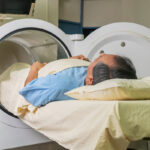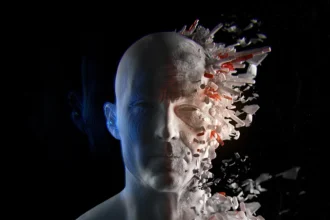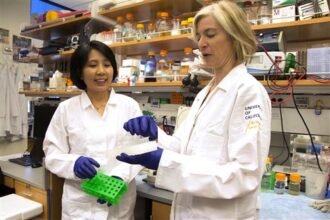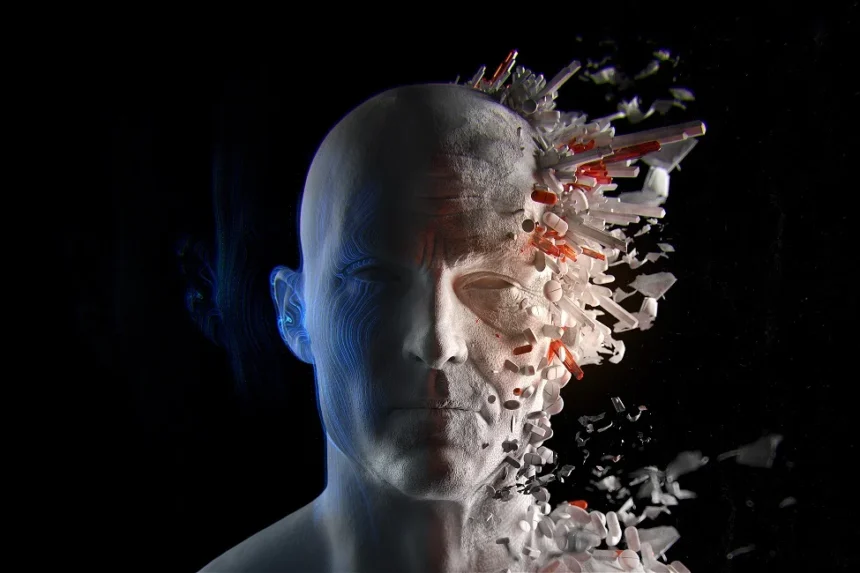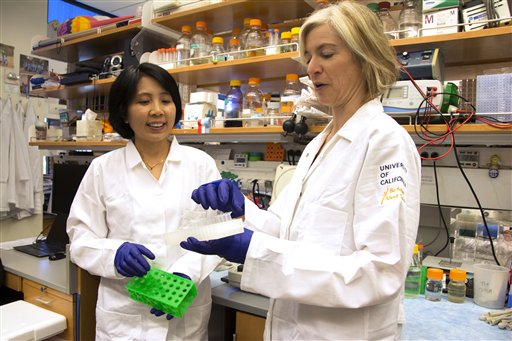Biohacking, a do-it-yourself (DIY) citizen science movement, merges body modification with technology, enabling individuals to enhance their physical and cognitive abilities through self-directed biological experimentation. This practice encompasses a spectrum of activities, from dietary modifications and wearable technology to more invasive procedures like implanting devices or genetic alterations. As biohacking gains momentum, it raises critical ethical questions about safety, consent, and the broader implications of human enhancement.
If you give people the power to read and write life code, you will create a whole new generation of scientists.
Drew Endy, Synthetic Biologist and Professor at Stanford University
The Spectrum of Biohacking Practices
Biohacking practices vary widely, reflecting the diverse motivations and goals of its practitioners.
Nutrigenomics
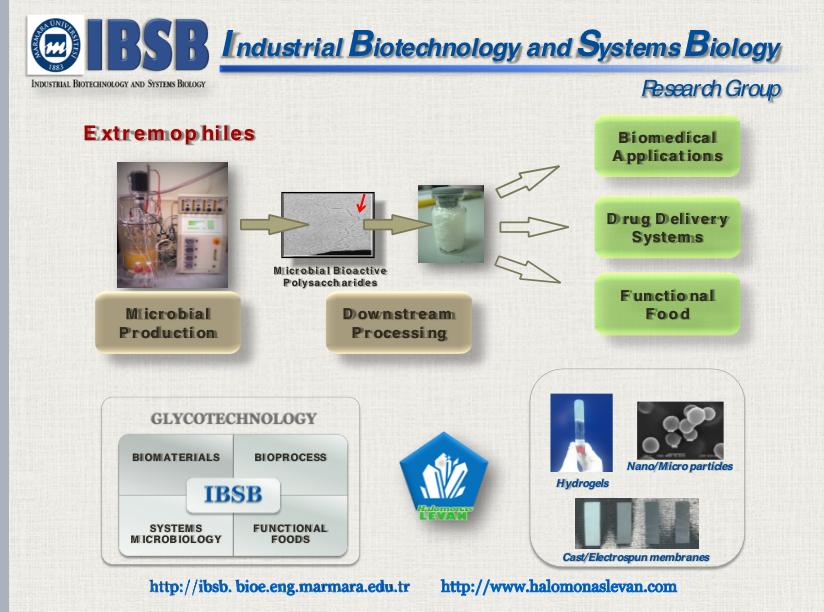
This approach involves tailoring one’s diet based on genetic information to optimize health and prevent disease. By analyzing an individual’s genetic makeup, biohackers attempt to identify specific nutrients that can influence gene expression and overall well-being.
DIY Biology
Also known as “garage biology,” this facet of biohacking involves enthusiasts conducting biological experiments outside traditional laboratories. DIY biologists engage in activities such as gene editing, synthetic biology, and the development of low-cost laboratory equipment. Their primary motivations include advancing scientific knowledge, promoting open-source medicine, and increasing scientific literacy among the public. The emergence of this community has influenced discussions of cultural values, medical ethics, safety, and consent in transhumanist technology.
Grinders
Grinders are biohackers who modify their bodies with implantable devices to achieve cybernetic enhancement. These modifications can include the implantation of magnets to sense electromagnetic fields, radio frequency identification (RFID) tags for interactive capabilities, and other devices that augment human abilities. For instance, some grinders have implanted magnets into the tragus of their ears to receive audio signals from electromagnetic coils connected to smartphones.
Motivations Behind Biohacking
The biohacking community is driven by various motivations, including:

- Cybernetic Exploration: Pushing the boundaries of human-machine integration to explore new sensory experiences and capabilities.
- Personal Data Acquisition: Collecting and analyzing personal health data to optimize physical and mental performance.
- Advocacy for Privacy Rights: Promoting individual control over personal data and challenging traditional norms of data ownership.
- Open-Source Medicine: Encouraging the democratization of scientific research and medical advancements by making information and methodologies accessible to the public. scholar.harvard.edu
Ethical Considerations in Biohacking
As biohacking practices become more prevalent, several ethical considerations emerge:
Safety and Risk
Many biohacking procedures occur outside regulated medical environments, raising concerns about the potential for harm. The lack of oversight can lead to complications, including infections, device malfunctions, or unintended physiological effects. For example, implanting neodymium magnets to achieve magnetoreception involves surgical procedures that, if not performed under sterile conditions, can result in severe infections.
The ethics of biohacking are not just about what can be done, but what should be done—and who gets to decide.
George Church, Geneticist and Professor at Harvard Medical School
Informed Consent
In the DIY biohacking community, the lines of informed consent can become blurred, especially when individuals perform procedures on themselves or others without comprehensive understanding of the risks involved. Ensuring that participants are fully aware of potential consequences is paramount.
Privacy and Data Security
Biohackers often collect extensive personal data, such as biometric and health information. The storage, analysis, and sharing of this data raise questions about privacy rights and the potential for misuse. Advocates emphasize the importance of individuals maintaining control over their data to prevent exploitation.
Accessibility and Inequality
As biohacking technologies advance, there is a concern that enhancements could be accessible only to those with sufficient resources, exacerbating existing social inequalities. This disparity could lead to a society where enhanced individuals have significant advantages over others, raising questions about fairness and equity.
Regulatory Challenges
The rapid development of biohacking technologies often outpaces regulatory frameworks. Determining how to regulate DIY biology without stifling innovation is a complex issue. Some argue for self-regulation within the community, while others advocate for governmental oversight to ensure safety and ethical standards.
Case Studies in Biohacking
Kevin Warwick: Cyborg 1.0
In 1998, Professor Kevin Warwick conducted a self-experimentation project known as “Cyborg 1.0,” where he implanted a radio frequency identification (RFID) tag into his arm to control electronic devices. In a subsequent experiment, a multielectrode array was implanted in his arm to create a neural interface, allowing him to control a robotic arm and establish a telepathic system with another human implantee via the Internet.

Amal Graafstra: RFID Implants
Amal Graafstra, a prominent figure in the biohacking community, has implanted RFID and near-field communication (NFC) chips into his hands. These implants allow him to unlock doors, start his car, and interact with various electronic devices with a simple wave of his hand. Graafstra advocates for the practical applications of biohacking and has founded companies to provide implantable devices to the public.
Neil Harbisson: The Cyborg Artist
Neil Harbisson, born with achromatopsia (complete color blindness), collaborated with developers to create the “eyeborg,” a device implanted in his skull that translates colors into audible vibrations. This technology allows him to perceive colors through sound frequencies, effectively augmenting his sensory experience. Harbisson’s work challenges traditional notions of human perception and has sparked discussions about the integration of technology and biology.
The Future of Biohacking
The biohacking movement continues to evolve, driven by technological advancements and a desire for self-improvement. As the community grows, it is likely to influence mainstream scientific research and healthcare practices.
Recent Insights on Biohacking Practices and Ethics
Biohacking, the practice of modifying human biology through science and technology, is rapidly evolving. While it offers exciting opportunities for self-improvement and medical advancements, ethical and safety concerns remain at the forefront. Here are the latest insights on biohacking practices and their ethical implications:
“CRISPR and DIY Gene Editing: A Growing Concern”
A 2024 study in Nature Biotechnology found that unregulated CRISPR-based gene editing by amateur biohackers poses potential health risks. Researchers analyzed self-administered gene therapy cases and reported unintended genetic mutations in 12% of experiments, raising concerns about the safety of DIY genetic modifications.
[Read the study here.]
“Biohacking and Longevity: A New Frontier”
A 2023 review in Aging Cell explored how biohackers are experimenting with senolytics, NAD+ boosters, and fasting-mimicking diets to extend lifespan. While some interventions show promise, experts warn against unsupervised experimentation, emphasizing the need for clinical validation.
[Explore the review here.]
“Neural Implants and the Ethics of Human Augmentation”
A 2024 panel at the World Medical Innovation Forum debated the ethics of brain-computer interfaces (BCIs) and neural implants. While these technologies could enhance cognitive function and restore mobility, concerns about privacy, data security, and potential misuse were highlighted.
[Watch the panel discussion here.]
“The Rise of DIY Biolabs: Regulating Citizen Science”
A 2023 policy paper in Genome Policy Journal analyzed the growing number of independent biolabs. The study found that while DIY biolabs foster innovation, 40% operate without formal regulatory oversight, leading to calls for standardized safety protocols in community biohacking spaces.
[Read the policy paper here.]
“Wearable Biohacking: Enhancing Performance or Raising Risks?”
A 2024 study in The Lancet Digital Health assessed the effectiveness of biohacked wearables, such as glucose monitors and brain-stimulation headsets, for cognitive and athletic enhancement. While some devices improved focus and endurance, prolonged use showed potential side effects, including neurological fatigue.
[Read the study here.]
“Synthetic Biology and DIY Medicine”
A 2023 article in Science Translational Medicine explored how biohackers are engineering bacteria to produce personalized treatments. Researchers warn that while synthetic biology has potential for low-cost medicine, DIY approaches lack the rigorous testing required for safety.
[Discover the article here.]
“Biohacking Ethics: Where Do We Draw the Line?”
A 2024 WHO bioethics panel brought together leading scientists and ethicists to discuss the boundaries of human enhancement. Key concerns included equitable access, long-term consequences of genetic modifications, and the risks of self-experimentation.
[Watch the discussion here.]
“The Future of Biohacking: Innovation vs. Regulation”
In a 2024 TED Talk, Dr. Kevin Warwick, a pioneer in human augmentation, explored the potential of biohacking in medicine and technology. He emphasized the need for global regulations to ensure ethical and responsible experimentation.
[Watch the TED Talk here.]
As biohacking continues to evolve, the ethical and safety concerns surrounding human enhancement become more complex. Striking a balance between innovation and responsible regulation will be crucial in shaping the future of biohacking.


